Resin crafting is growing in popularity, but for beginners and crafters alike, choosing between epoxy resin and UV resin can be tricky. Both have unique characteristics that make them suitable for different types of projects. In this blog post, we'll break down the differences between the two to help you decide which one is the right fit for your creative needs.
What is Epoxy Resin?
Epoxy resin is a two-part system composed of resin and hardener that requires precise mixing before it begins to cure. This type of resin is ideal for large projects and offers a durable, glossy finish once fully cured.

Key Features:
- Curing Time: Takes about 24-48 hours to fully cure.
- Uses: Great for larger projects like furniture coatings, deep molds, or river tables.
- Durability: Strong and long-lasting, offering protection against scratches, water, and UV rays.
Pros:
- Works well for deep pours and large pieces.
- Time allows for detailed work and adjustments.
- Results in a smooth, crystal-clear finish.
Cons:
- Long curing time can slow down projects. (Tip: Speed up your curing time with the Cure Air Resin Curing Machine. It gets your project set quicker and more efficiently!)
- Requires precise mixing to avoid curing issues. (Tip: Avoid mixing mistakes by using the Dual-Head Resin Mixer. It ensures a perfect blend every time.)
- Prone to trapping air bubbles during the mixing process. (Tip: Say goodbye to bubbles with the AirLess Bubble Removal Machine, designed to give you a smooth, flawless finish.)
What is UV Resin?
UV resin, on the other hand, is a one-part resin that cures instantly when exposed to UV light. It is especially suitable for small, detailed projects that need quick hardening and ease of use.

Key Features:
- Curing Time: Cures in minutes under a UV lamp or natural sunlight.
- Uses: Best for jewelry, small molds, or surface coatings on thin layers.
- Ease of Use: No mixing required, making it perfect for beginners.
Pros:
- Fast curing with no need to wait hours or days.
- Minimal chance of bubbles forming.
- Ideal for intricate and small designs.
Cons:
- Only works well in thin layers.
- Limited durability compared to epoxy resin.
- Requires a UV light source, which could be an added cost.
Which Resin is Right for You?

When choosing between epoxy resin and UV resin, consider your project requirements. If you're working on large-scale projects or need something durable, epoxy resin is your go-to option. However, if you’re focused on small, detailed pieces or need a quick solution, UV resin will save you time and effort.
Beginners may find UV resin easier to use due to its fast curing time and one-step process, while more experienced crafters looking to create larger, long-lasting pieces will appreciate the versatility of epoxy resin.
Both epoxy resin and UV resin have their strengths. Your choice depends on the type of project you're working on and the final effect you wish to achieve. By understanding these differences, you’ll be able to select the perfect resin for your creative ideas.

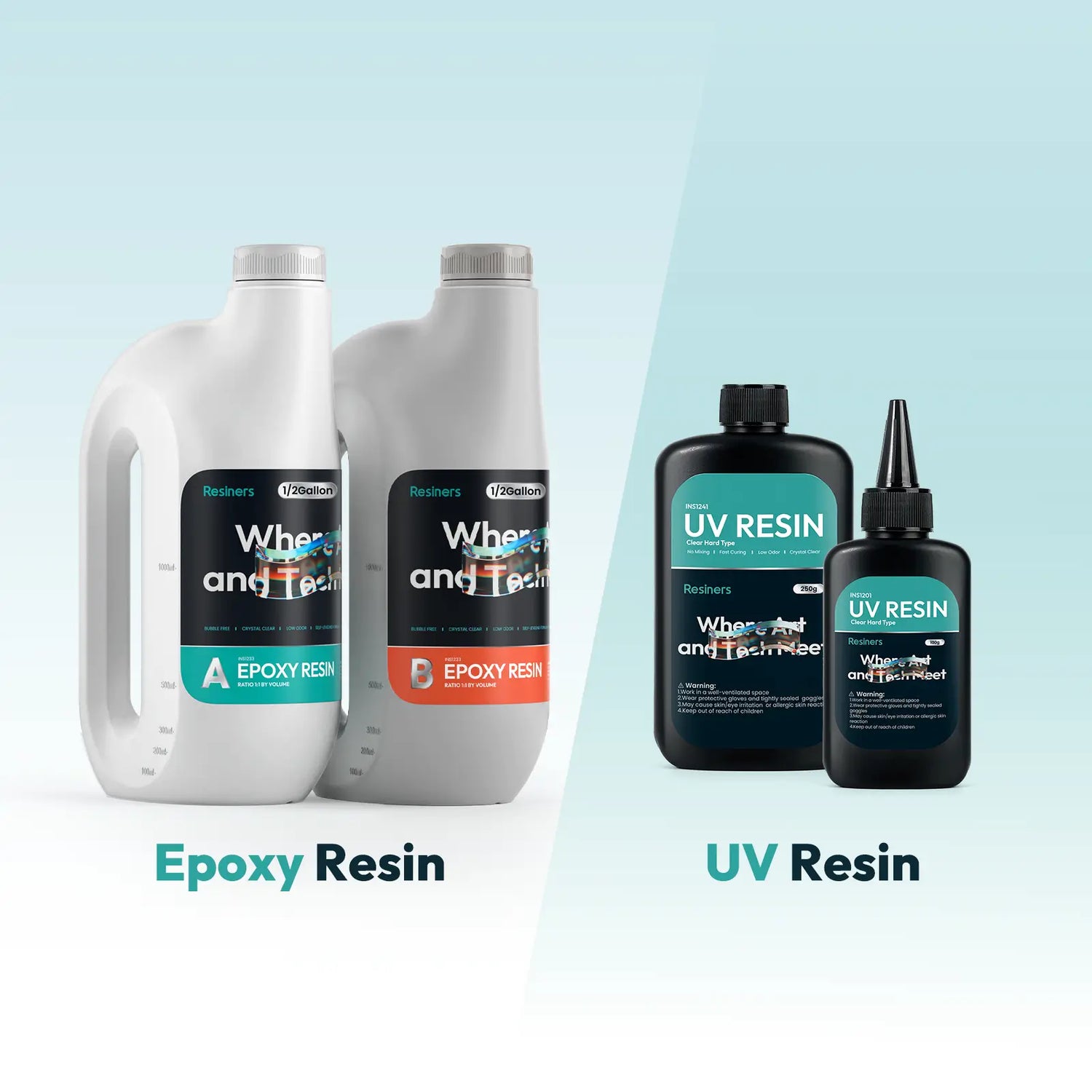
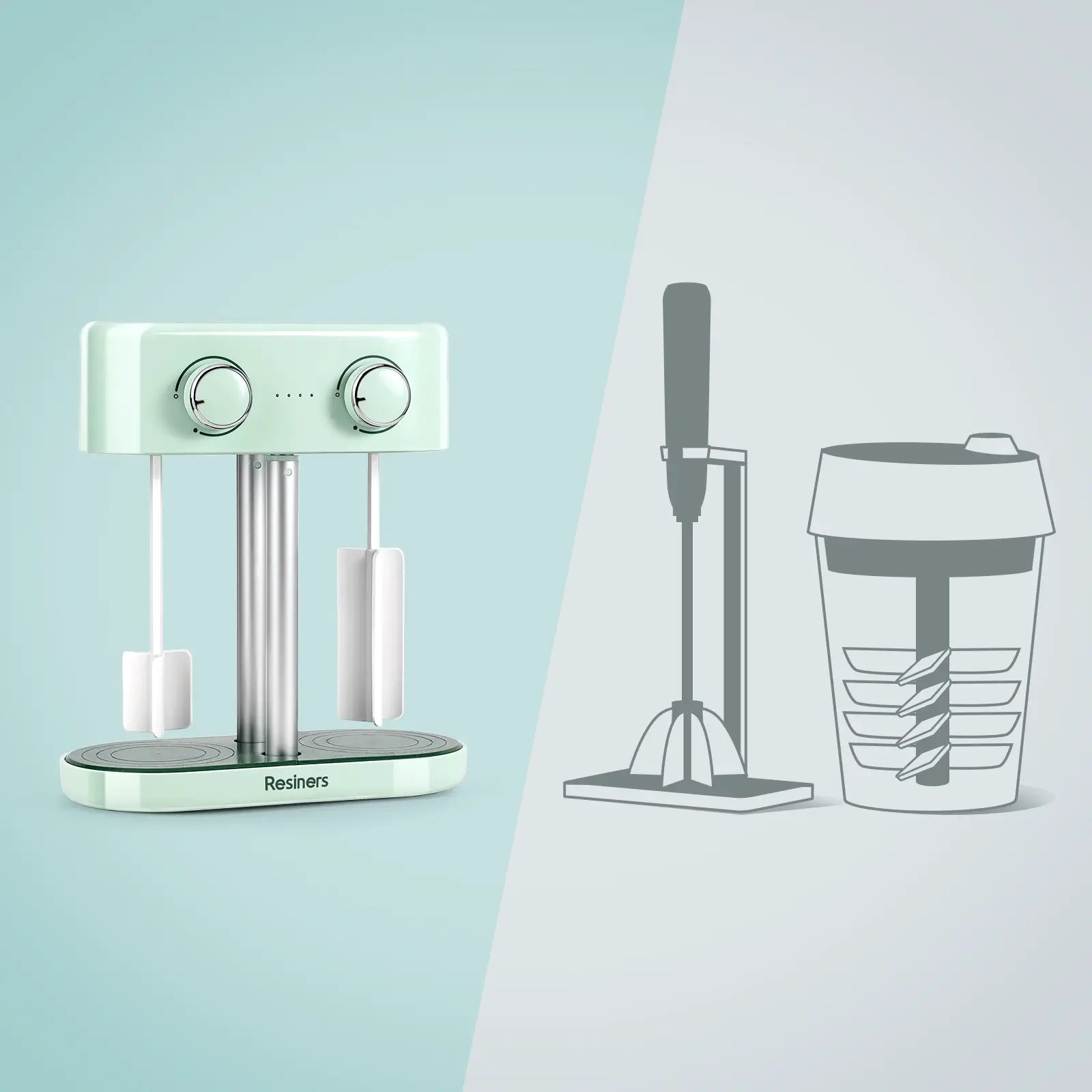
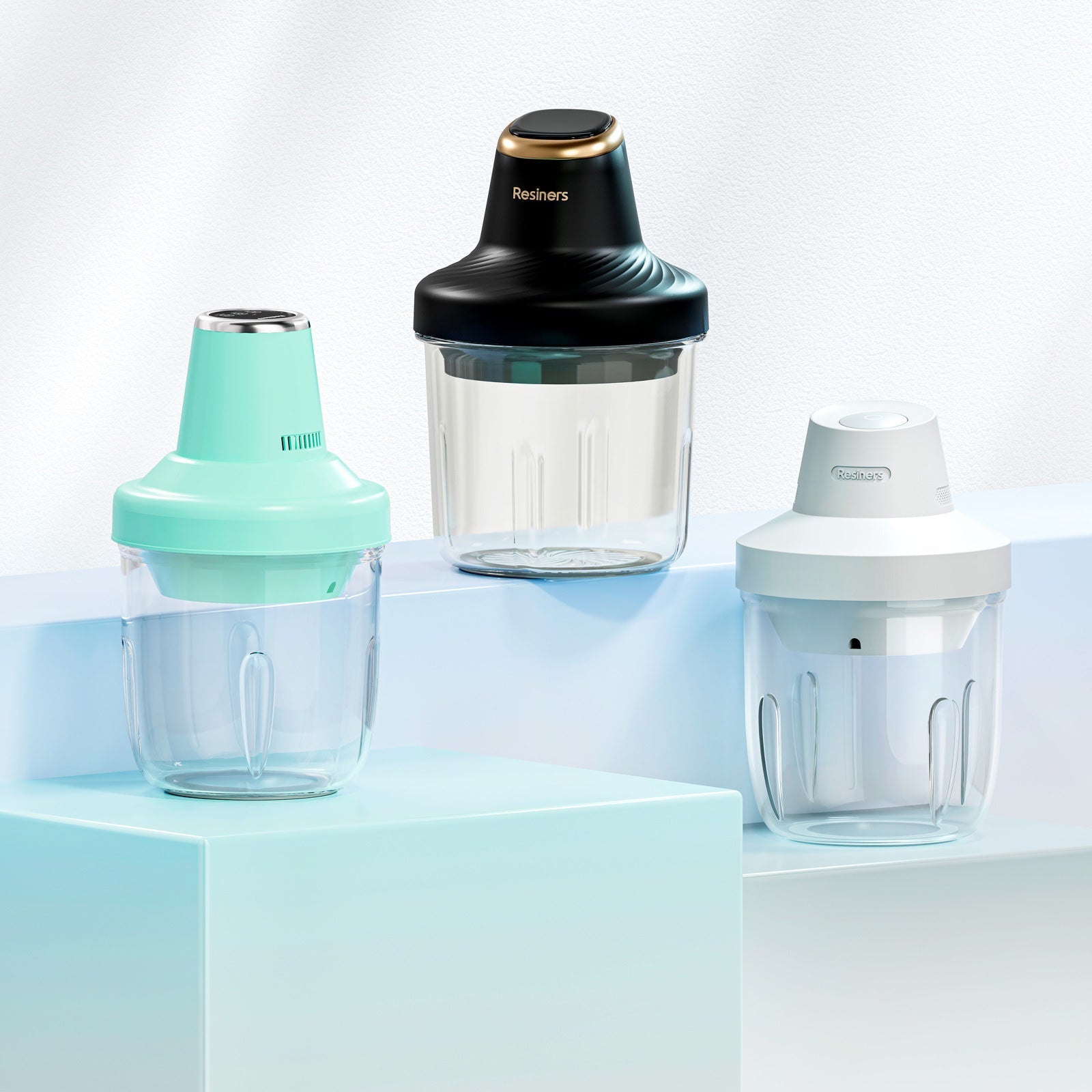
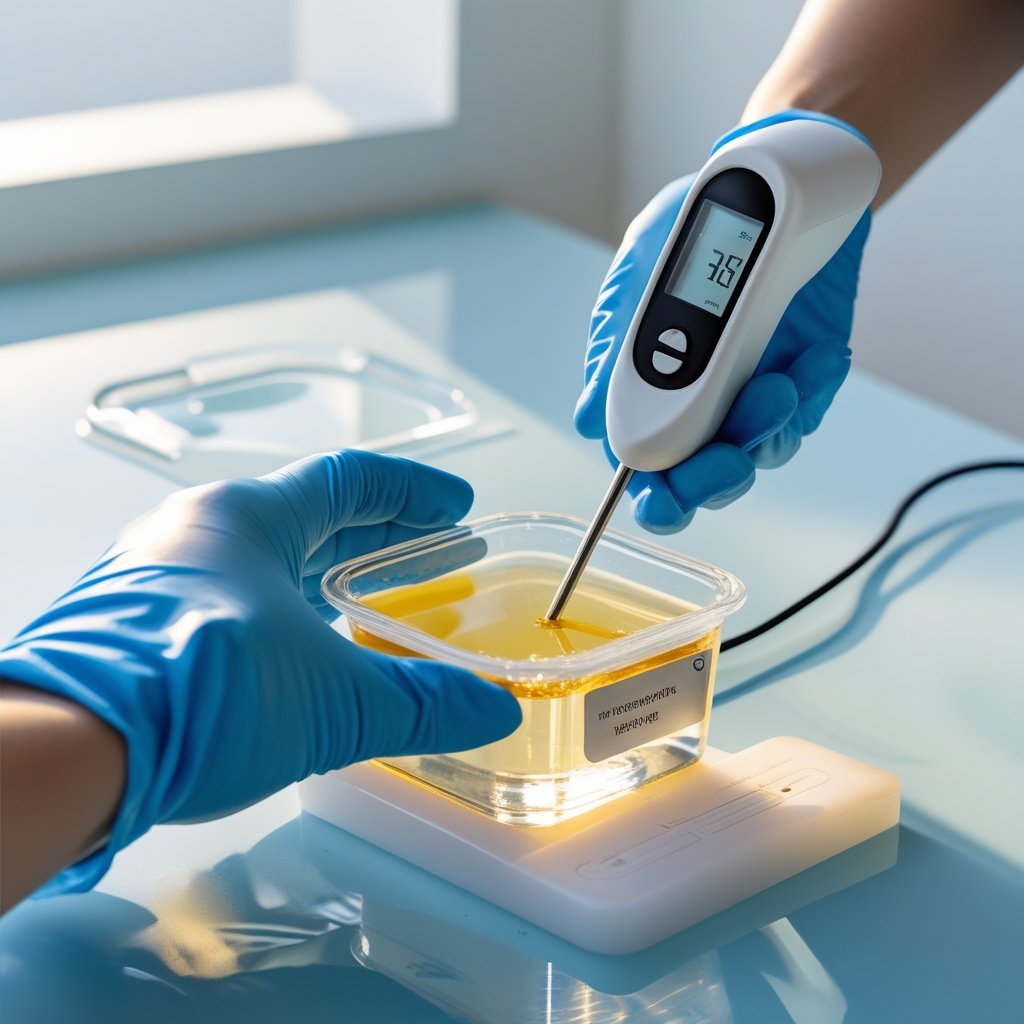
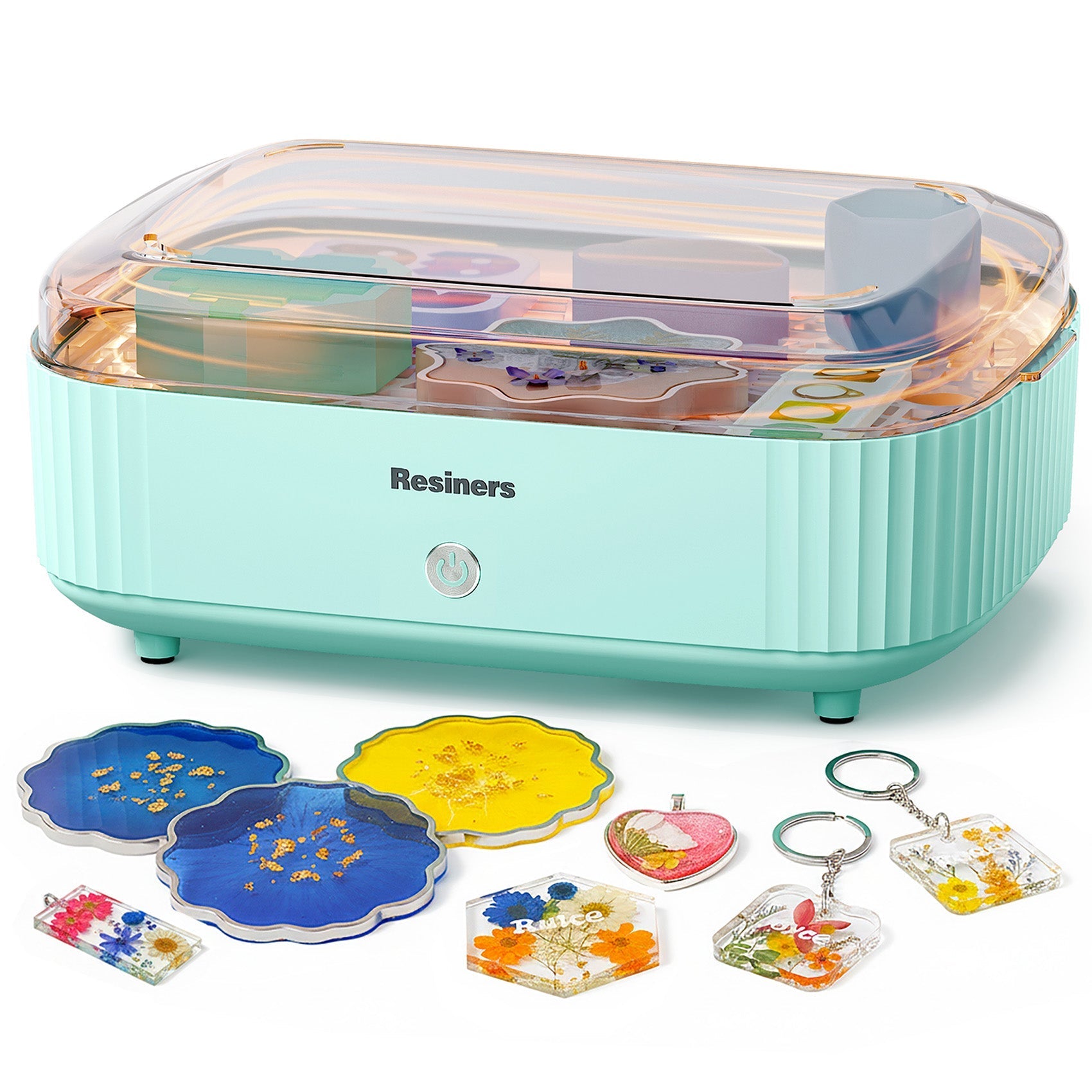
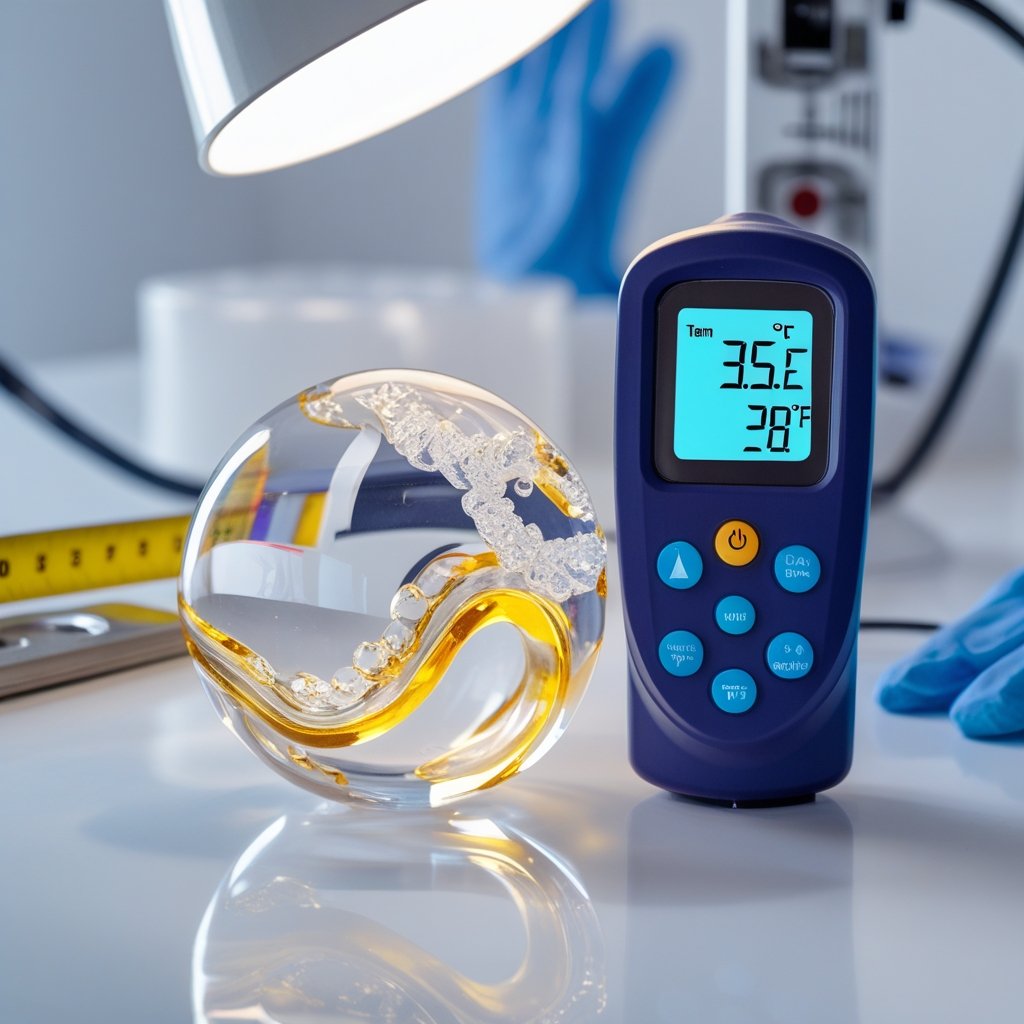

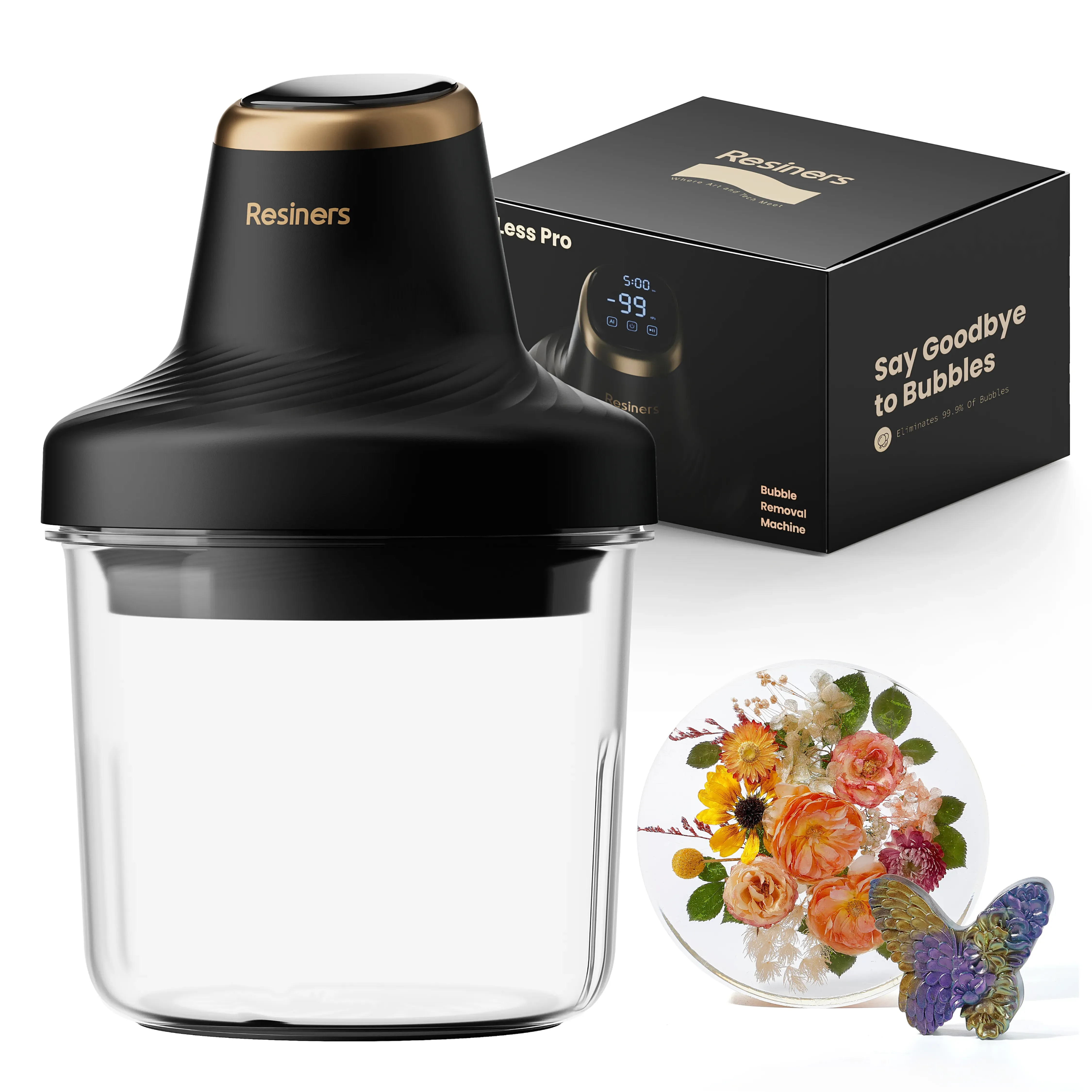
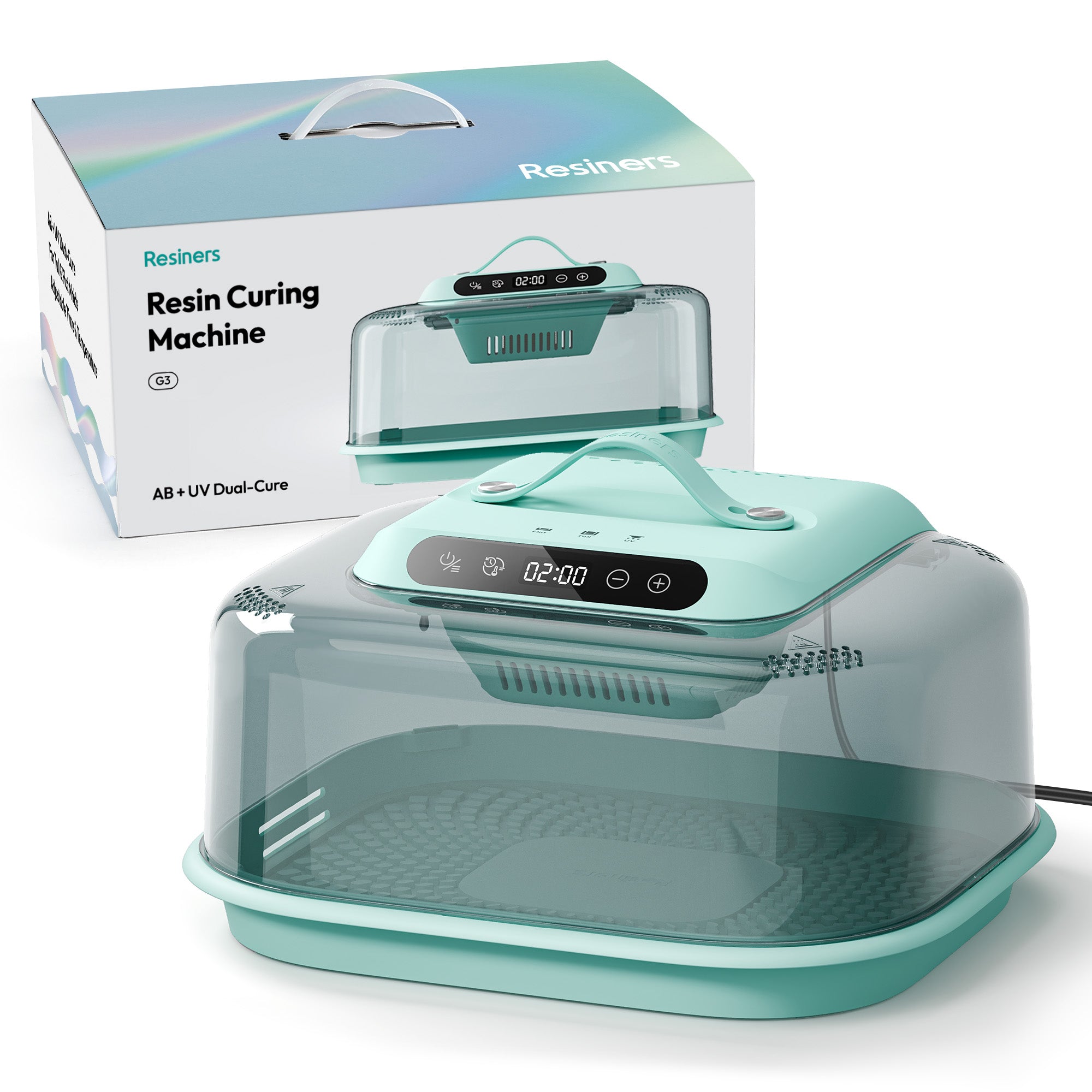
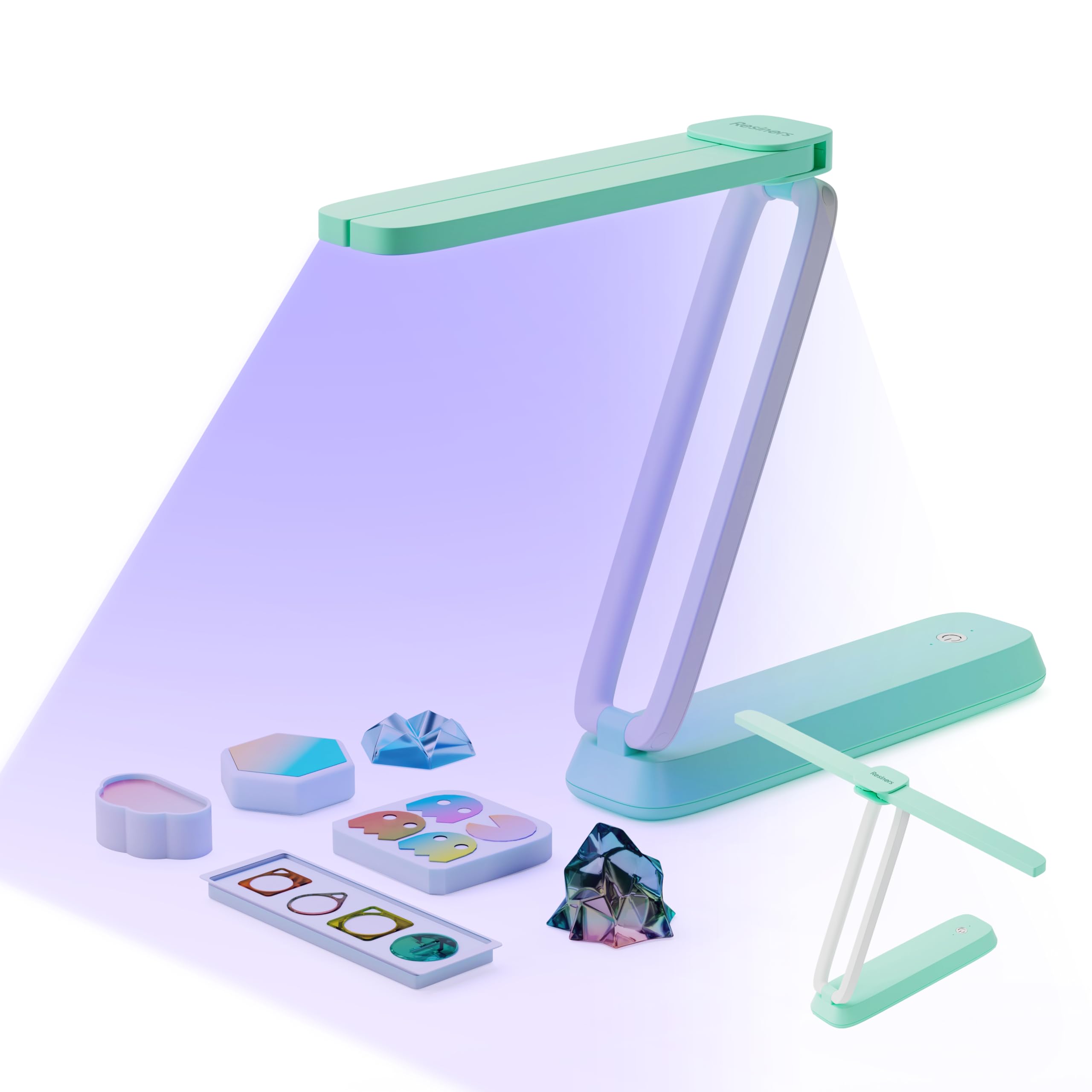
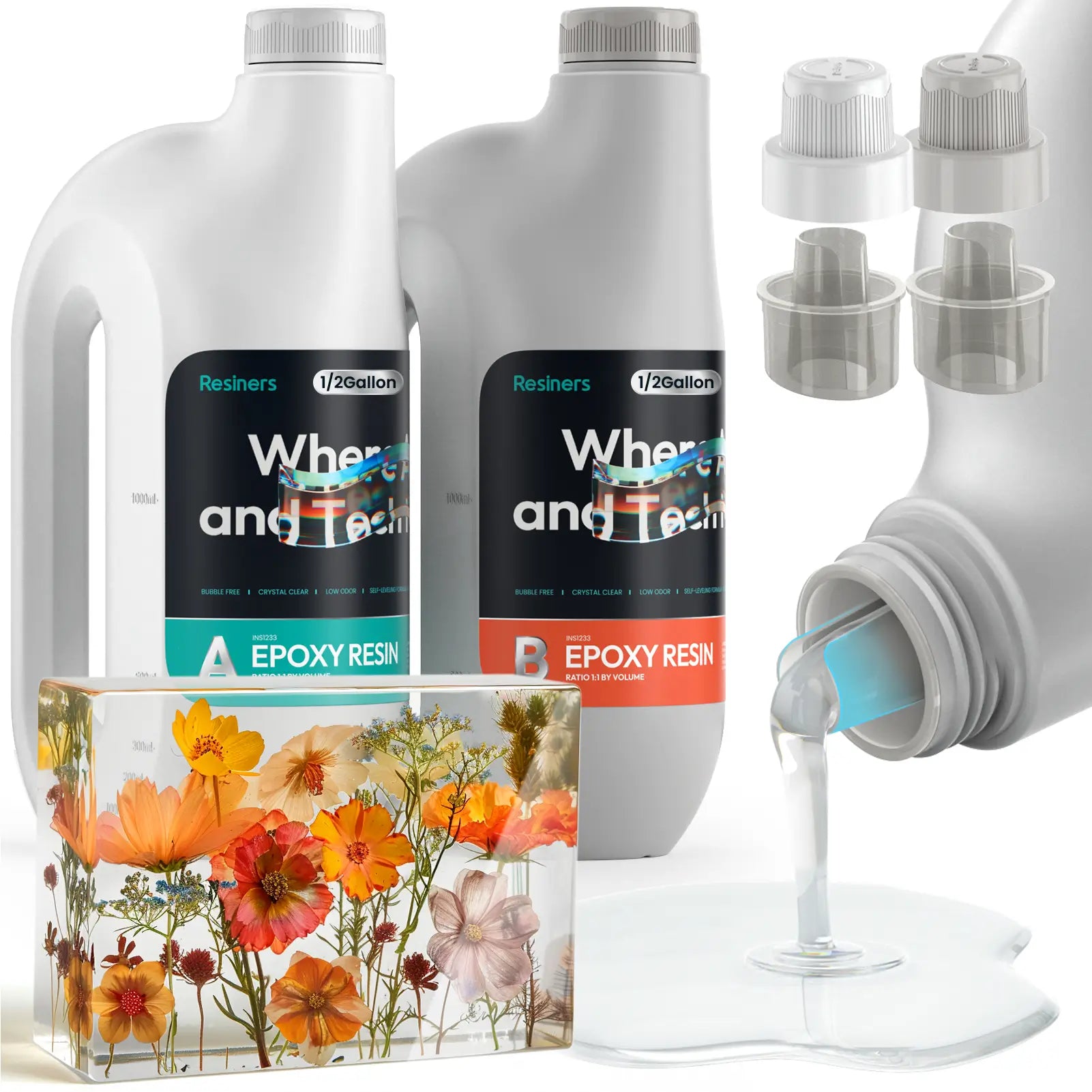
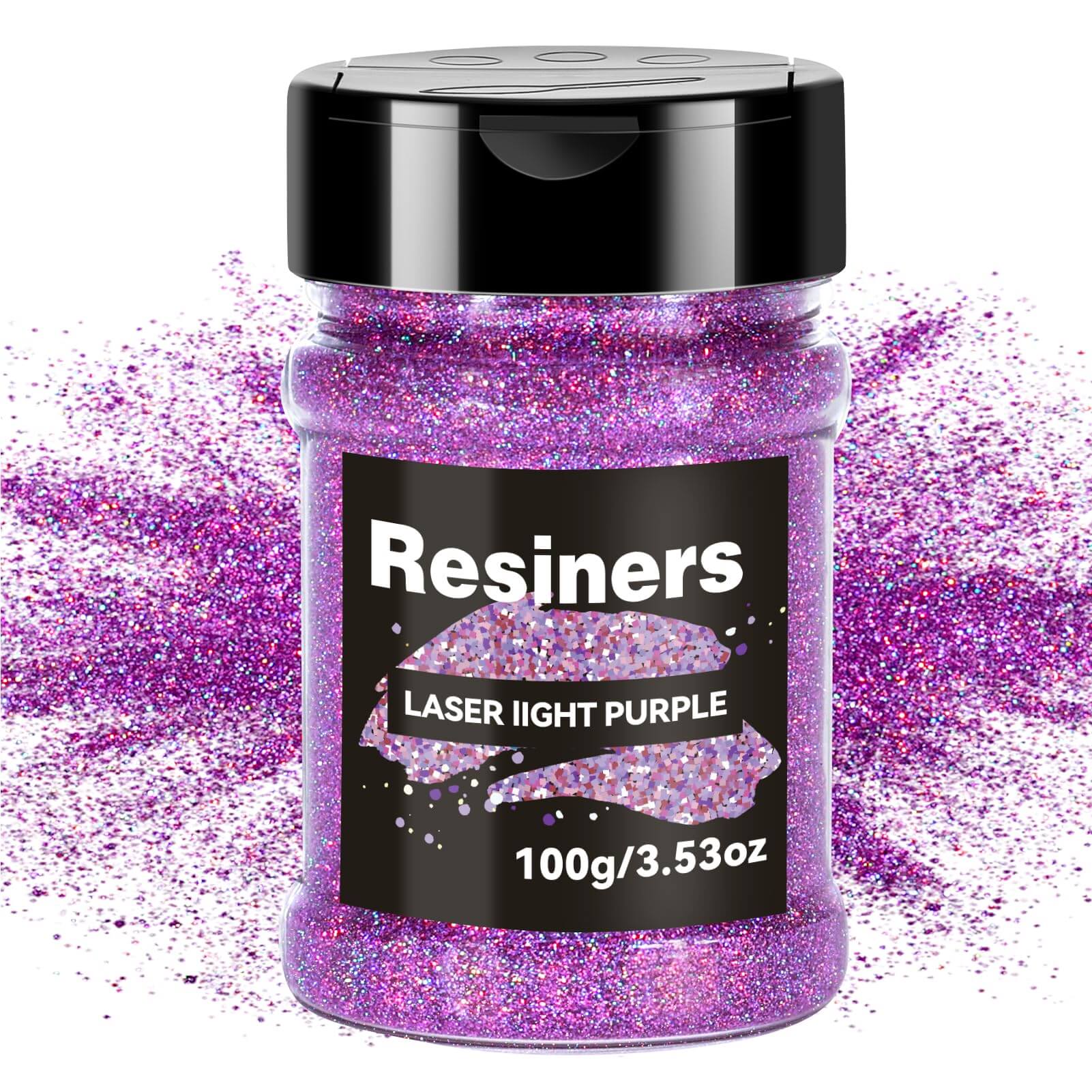
2 Kommentare
Amodu Tawakalitu
Thank you for this information, is really helpful
Bobby patrick
Thanks so much for all the info.. awesome
Hinterlasse einen Kommentar
Diese Website ist durch hCaptcha geschützt und es gelten die allgemeinen Geschäftsbedingungen und Datenschutzbestimmungen von hCaptcha.